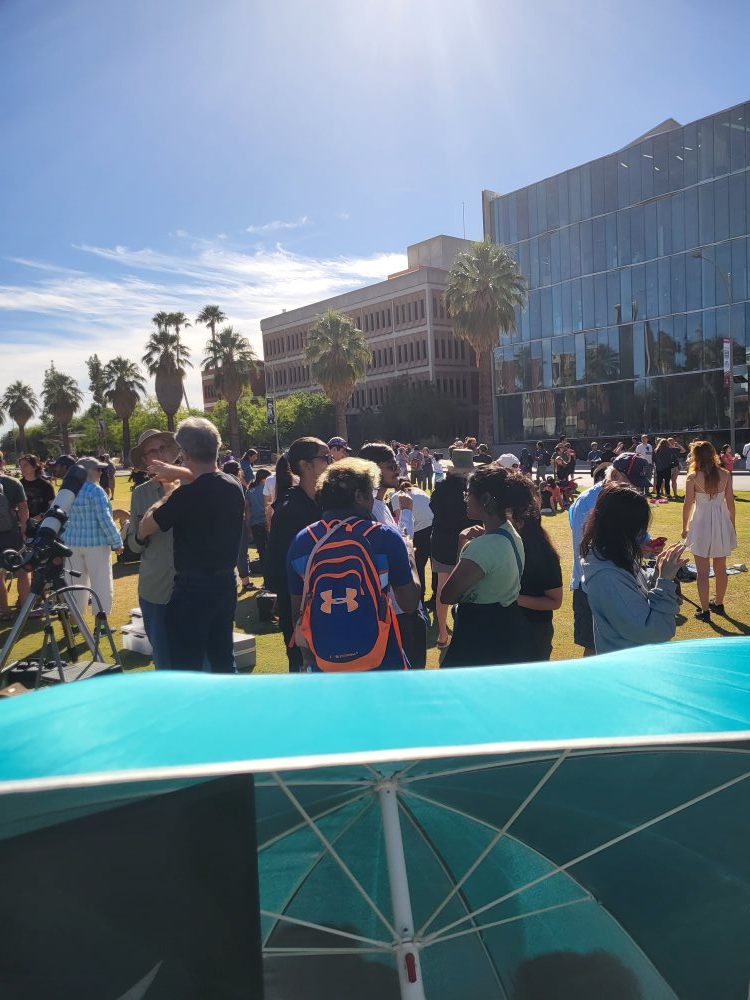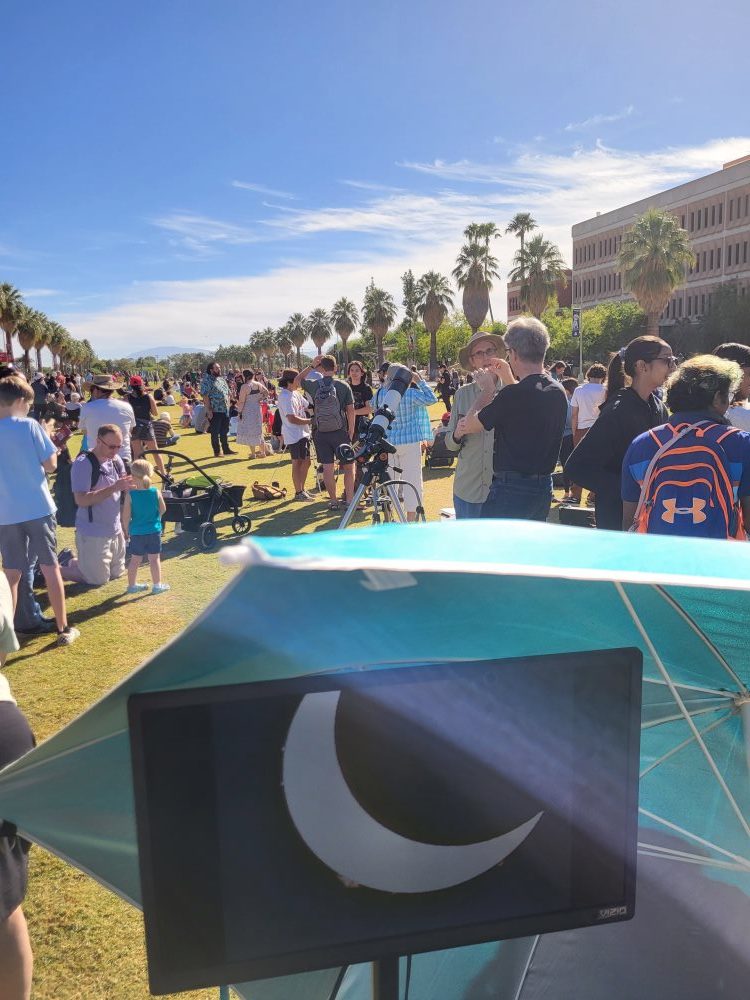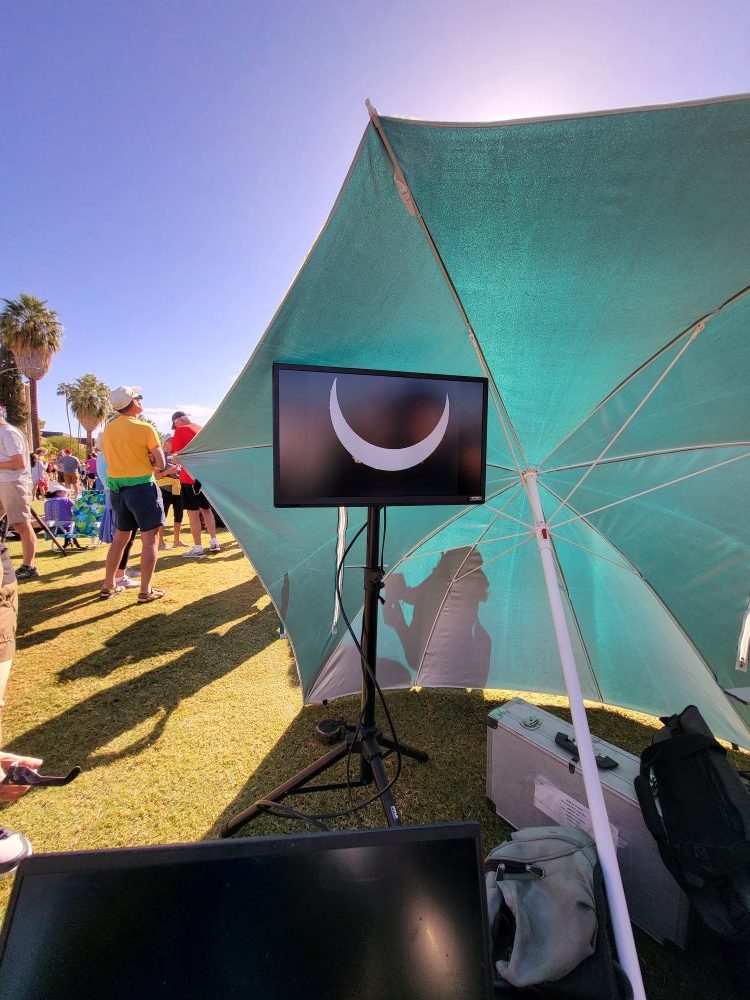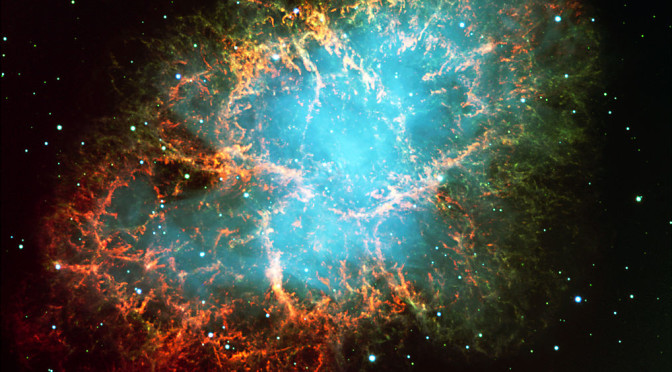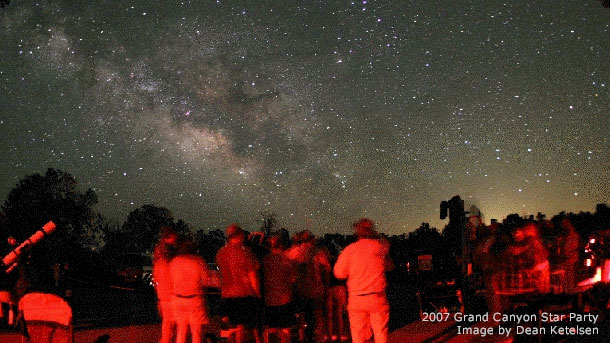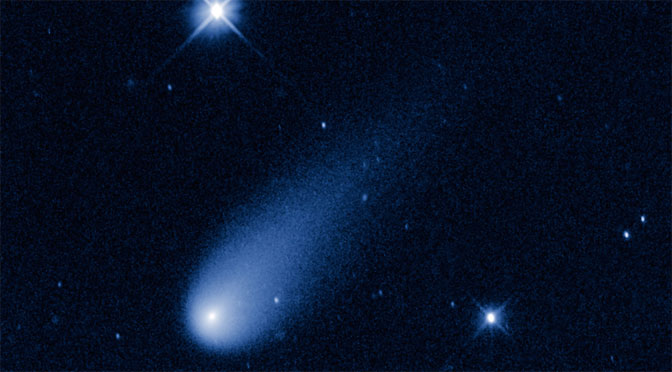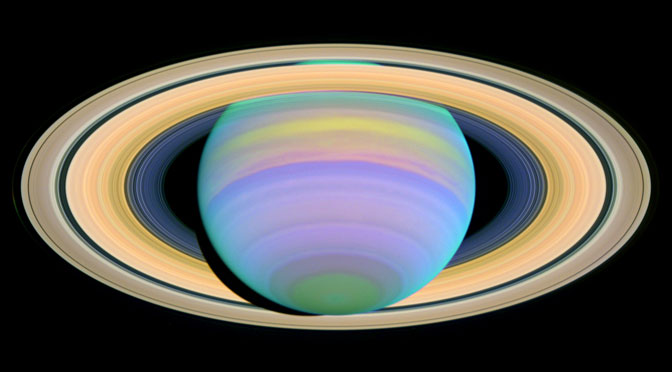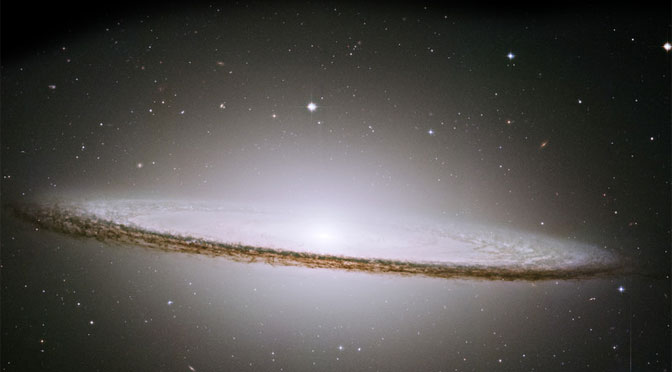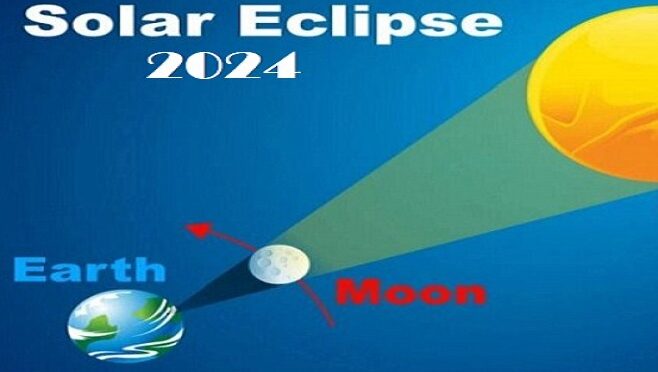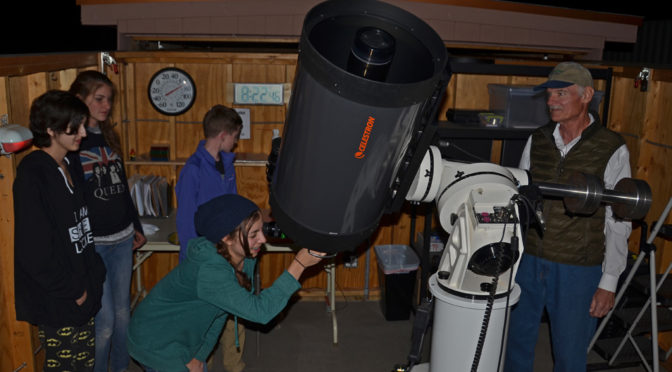
General Meeting
Astronomy Fundamentals Meeting
Next (ONLINE): Thursday, May 9, 2024
6:30 – 8:30 PM
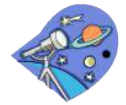
Come join us for a presentation from the fundamentals of amateur astronomy. Learn your way around the night sky to add to your observing enjoyment. Meetings are on the second Thursday of each month.
Contact: Connor Justice
Email: fundamentals[at]tucsonastronomy.org
Previous: Thursday, March 14, 2024
Protected: Leader Only Content
Planets of the Month – April 2024
by Erich Karkoschka
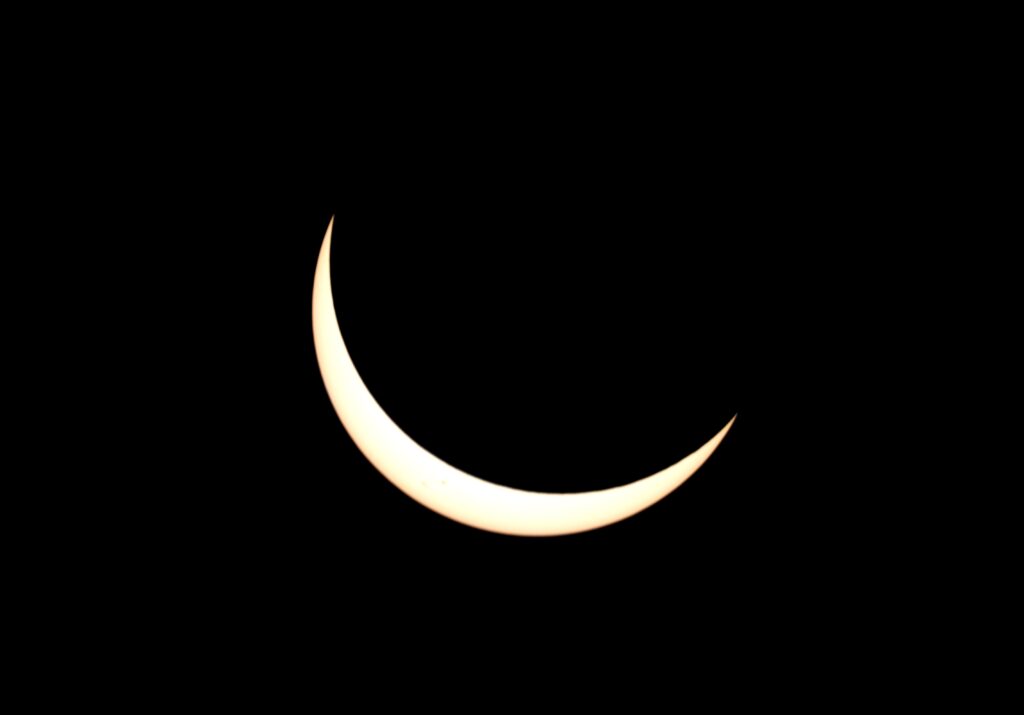
The New Moon on the 8th brings a partial solar eclipse in Tucson during late morning It is total on a path from Mazatlan in Mexico, through Texas, to the Great Lakes. The following day, the thin crescent can be seen just before 8 pm.

Venus rises during the dawn and may be visible naked eye, at least during the first half of the month.

Mars is rising earlier, but it still is not very high when dawn starts.

Jupiter is visible in the west after dusk. By the end of the month it sets at 8 pm, just as it gets dark.

Saturn starts the month just to the lower left of Mars. On the 10th, both planets are only half a degree apart from each other. Both have the same brightness, but not the same color. By the end of the month, Saturn is much higher than Mars, and its rings are quite narrow.

Uranus gets passed by Jupiter on the 20th when they will be only half a degree apart from each other.

Comet 12P/Pons-Brooks is in the vicinity of Jupiter and may be fifth magnitude. It is heading south and is getting really low after mid-month.
Planets of the Month – February – March 2024
By Erich Karkoschka

Saturn is only visible until February 11 during dusk.

Mercury starts its best evening visibility of the year on March 10.

Jupiter transits high at sunset at the beginning of February. However, by the end of March it is already down to 20 degrees high in the west when it becomes visible right after sunset.

Uranus is high in the evening sky and sets around midnight.

Venus and Mars are visible during dawn. First, Mars is difficult to see 10 degrees to the lower left of Venus. On February 22, they are only .6 degrees apart from each other with Venus 100 times brighter than Mars. Then Mars will be to the upper right of Venus with their distance increasing to 18 degrees by the end of March.


The Moon has two conjunctions with Jupiter on February 14 and March 13. The close conjunction with Mercury or February 11 is also interesting to watch since the moon will be a very thin crescent.
There is a penumbral lunar eclipse at midnight of March 24. Since it is almost partial, the darkening will be quite obvious.
Planets of the Month – January 2024
By Erich Karkoschka

Saturn is well visible during the early evening. It sets around 8 pm. Soon it will be too close to the Sun. When it reappears in the Spring, Saturn’s rings will only be half as open as now.

Jupiter transits during dusk. It is very high and good for telescopic observations. On the 20th, Ganymede is transiting the disk after 10 pm, visible as a dark spot.

Uranus is high in the evening sky east of Jupiter.
Neptune is west of Jupiter.

Brilliant Venus is best observed between 5 and 6 am, just before down starts.

Mercury joins Venus, visible until the end of the month. It is to the lower left of Venus around 6-7 am. There is no other star at similar brightness in this area of the sky. If you see one, it is Mercury.

Mars is within half a degree of Mercury on the 27th. Since it is a magnitude fainter then Mercury, it may require very clear air to make it out naked eye. Binoculars will easily show this close pair.
2024 Solar Eclipse – April 8
Countdown to the beginning of the Partial Solar Eclipse as viewed from Tucson (Monday April 8, 2024, 10 am-12:36 pm, with maximum at 11:19 am):
If you can’t make it to Totality, seek out an event in your area to view the Partial Eclipse. The entire U.S. will at least see a partial eclipse during the event. IMPORTANT: You MUST WEAR APPROVED SOLAR GLASSES to view any part of the partial eclipse or observe using a safe solar filter on a telescope or a telescope that is made specifically to observe the Sun. Be wary of knock-off glasses. Approved Solar glasses should be marked with ISO 12312-2 or 12312-2:2015. Do not use if they have scratches or holes. Purchase only from reputable sources.
In TUCSON, we will see about an 75% Eclipse and will look about like the below image at maximum.

Don’t miss the April 8, 2024 Total Solar Eclipse! If you are able to make it to the centerline to see Totality, it is certainly worth it. The centerline is a very narrow path and the only place you can see Totality. The closer you are to the middle, the longer Totality will last. The Eclipse enters the U.S. in Texas, moves through the midwest along a NE path toward the NE U.S., and exits the U.S. in Maine. Use the links below to see the Path of Totality. The Total Eclipse will look similar to the below image.
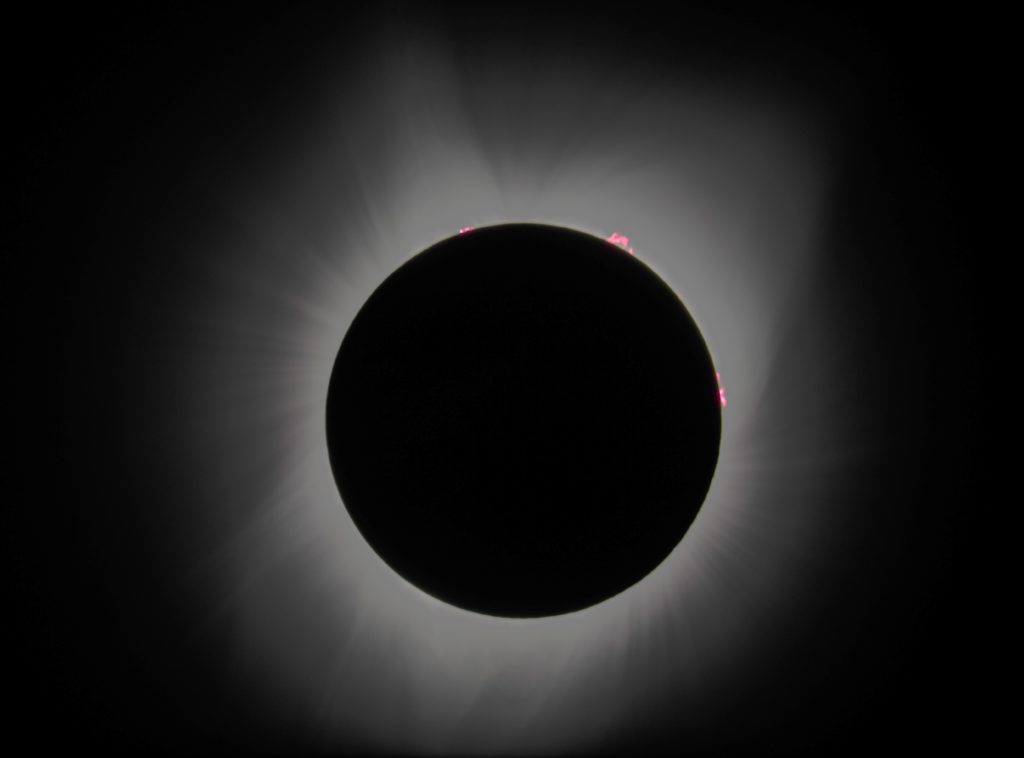
If you are in the Tucson, Arizona area during the Eclipse our club will have Telescopes set up to safely view the sun during the event at Flandrau Planetarium (UofA Mall).
Flandrau Science Center Eclipse Viewing
Tucson Amateur Astronomy Association Events Calendar
Here are some resources and links to help you determine where and how best to observe the Eclipse.
How to Photograph the 2024 Solar Eclipse – by Mike Shaw, presented to the Minnesota Astronomical Society, Jan. 2024. By permission of the MAS and Mike Shaw (www.mikeshawphotography.com).
Planets of the Month – December 2023
By Erich Karkoschka

Mercury has a modest evening visibility until December 14th. Look to the southwest around 6 pm with no star nearby to confuse it with.

Saturn transits before dark and is well visible until late evening.

Jupiter shifts its transits from 10 pm to 8 pm during the month. Its elevation is then 70 degrees and its 48 arc-second diameter is perfect for telescope viewing.

Venus comes up around 4 am and is almost 40 degrees high in the southeast by the time the sun rises.

Uranus is east of Jupiter and Neptune is east of Saturn. Both are placed well for evening observation with binoculars.
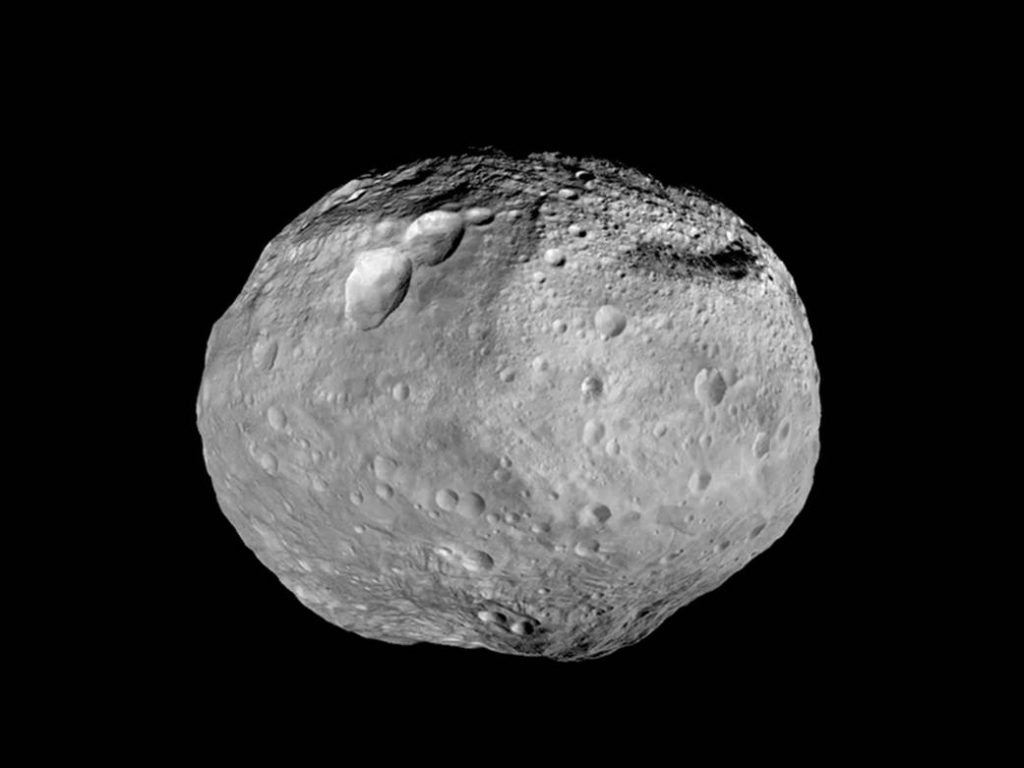
Vesta, minor planet number 4, comes into opposition on December 21st (Winter Solstice). It therefore is very close to the point where the sun is at the summer solstice, between Taurus and Gemini. Its magnitude of 6.4 is at the limit of naked eye visibility.

The Moon visits Venus on December 19th, when Venus is easily visible after sunrise and perhaps even at noon as the moon is a guide to the location of Venus. The Moon is close to Saturn on the 17th.

December 13th is one of the best times of the year to watch meteors as the Gemini’s peak that evening.
December 18, 2023 Chiricahua Astronomy Complex Telescope Observing
If you have family in town for the Holidays, whether you are a TAAA member or not, and want to participate in a telescope observing session at our Chiricahua Astronomy Complex (CAC), we are offering a two-hour observing session for a nominal fee per person. This is a perfect way to show family & visitors our dark skies and great astronomy conditions. The fee for the session is $50/adult and $25/youth under age 16.
We will be observing several planets to include Saturn and Jupiter, Galaxies millions of light years away, multiple star systems with stars orbiting around each other, star clusters, nebulae, and much more.
Observing will be Monday December 18, 2023 from 6 – 8 pm. To reserve, please make a reservation using the form at: https://tucsonastronomy.org/tsa-at-our-dark-site/ and input the December 18th date in the “Requested Date” field. We will send you an invoice to pay the required fee (fully refundable if you cancel at least 48 hours in advance or if we have weather issues the evening of the event).
Chiricahua Astronomy Complex Address: 9315 E Perseus Way, Pearce, AZ (about 1.5 to 2 hours SE of Tucson near the Chiricahua Mountains). More information on CAC is available at: https://tucsonastronomy.org/taaa-member-resources/observing-sites/chiricahua-astronomy-complex/
For any questions, email the CAC Director at: cac-director[at]tucsonastronomy.org.
Planets of the Month — November 2023
By Erich Karkoschka

Saturn transits just after dark. Its rings are tilted less than during the last 10 years.

Jupiter is at opposition on the 3rd with an almost maximum magnitude of -2.8. It transits 71 degrees high. On the 24th, Ganymede transits on Jupiter’s disk early in the evening, followed by its shadow, lasting until 9 pm.

Uranus is at opposition on the 13th. It lies 10 degrees east of Jupiter at magnitude 5.6.
Neptune is between Jupiter and Saturn.
So, there are all four giant planets in the evening sky.

Venus is just past greatest elongation and very conspicuous at the beginning of dawn.

The Moon is close to Jupiter on the 24th and 25th.
CAC Learning Center Open House
Members, friends and relatives enjoy and evening under the dark skies of the Chiricahua Astronomy Complex to celebrate the opening of the buildings in the new Learning Center.
The buildings include a classroom, a kitchenette, 4 restrooms and 10 sleeping rooms making overnight stays at the site an ease.
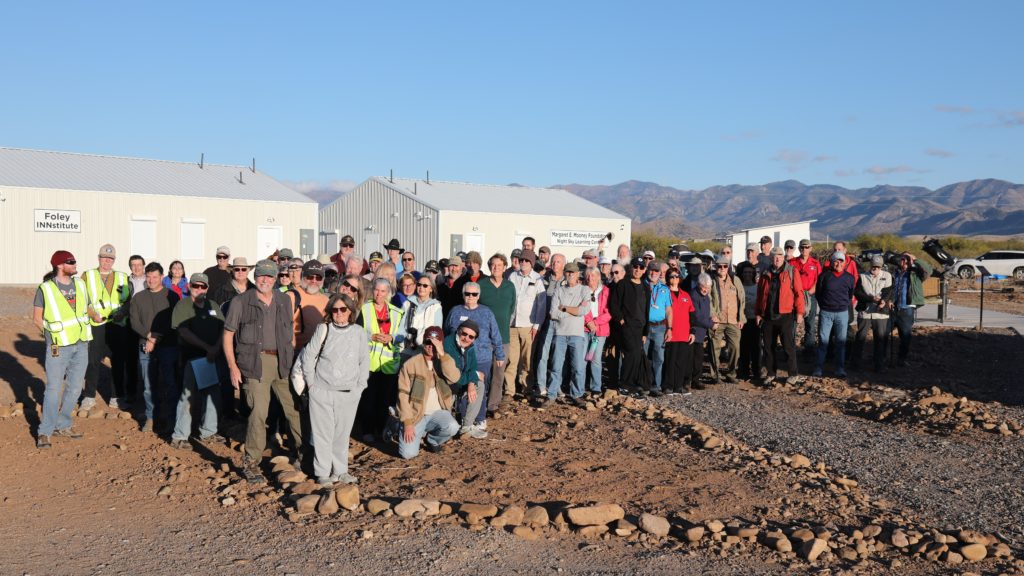
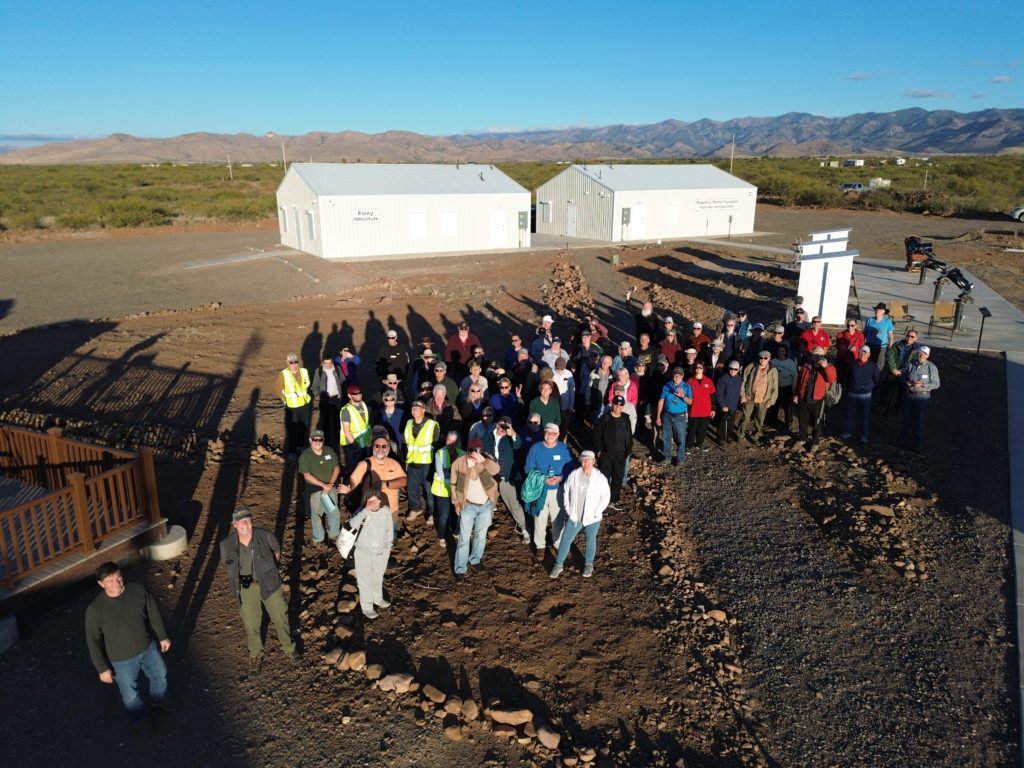
2023 Annular Eclipse Photos
Several TAAA members traveled to Roswell New Mexico to view the 2023 Annular Eclipse. Roswell was along the centerline. While in Roswell, we did an outreach event for those in the area.
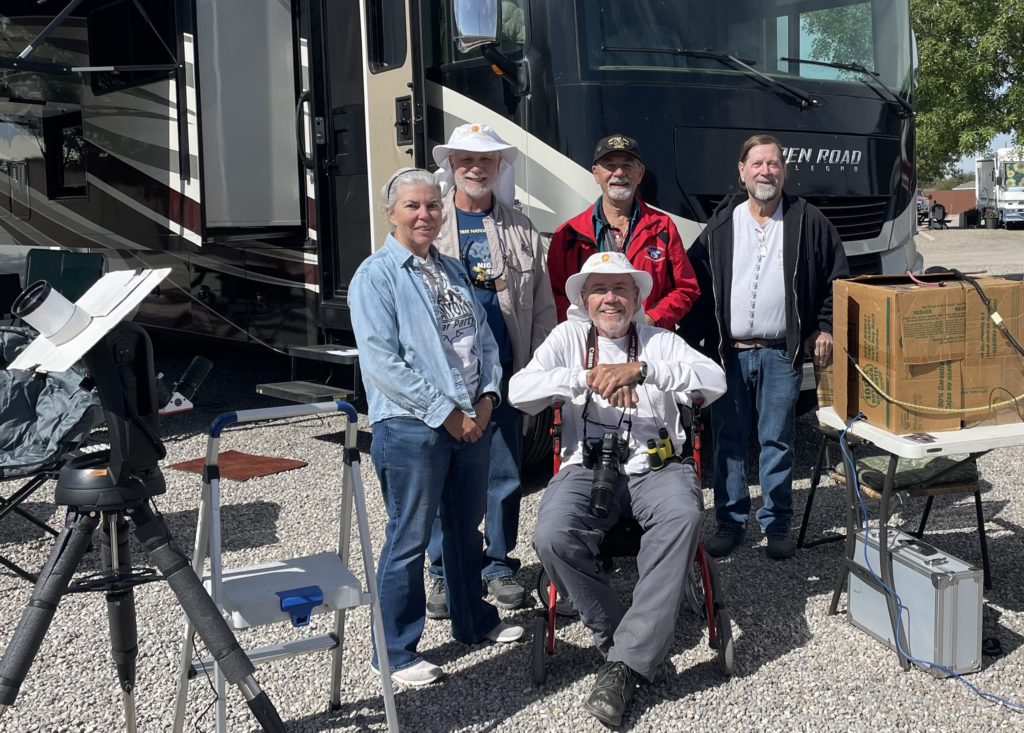
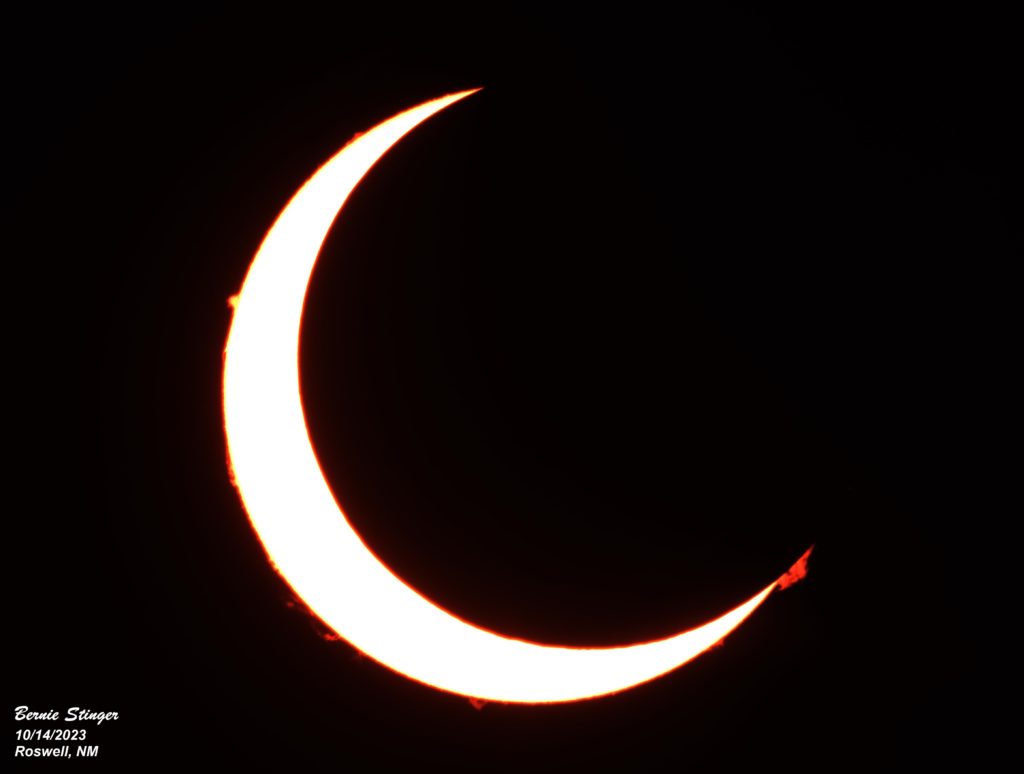
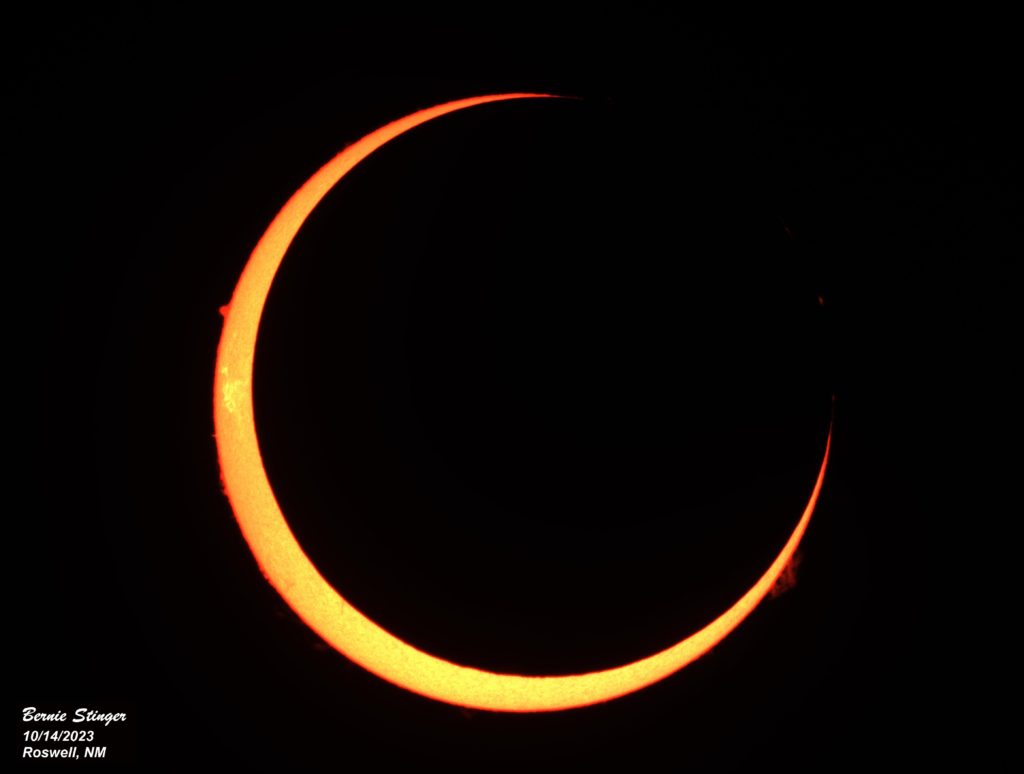
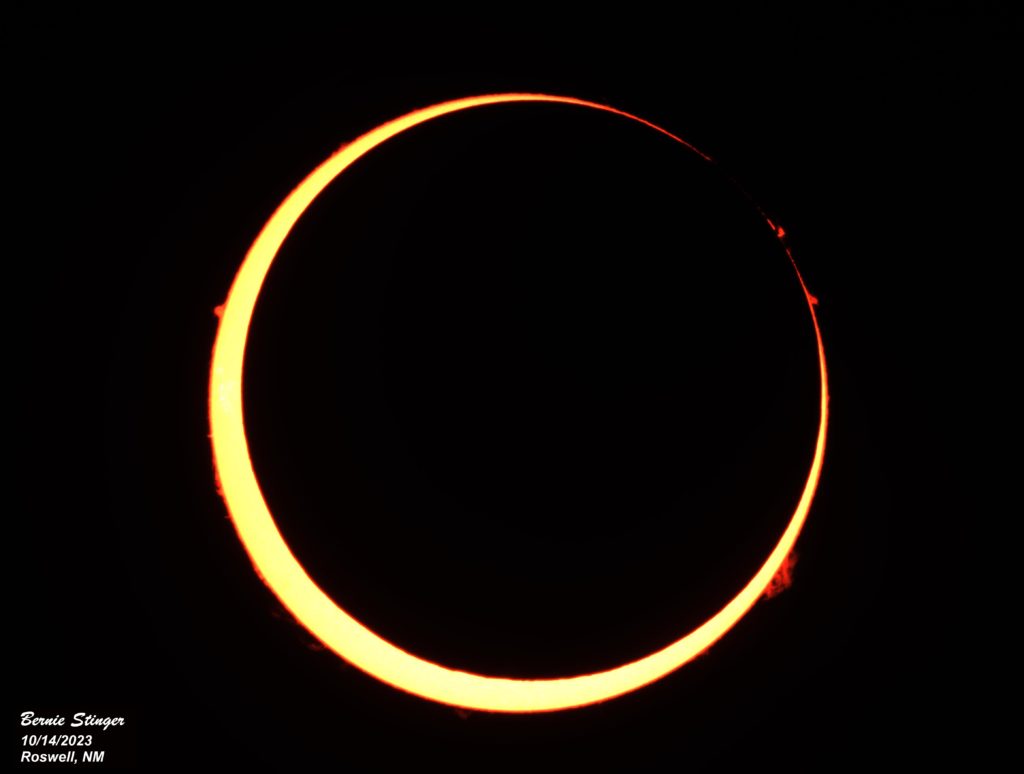
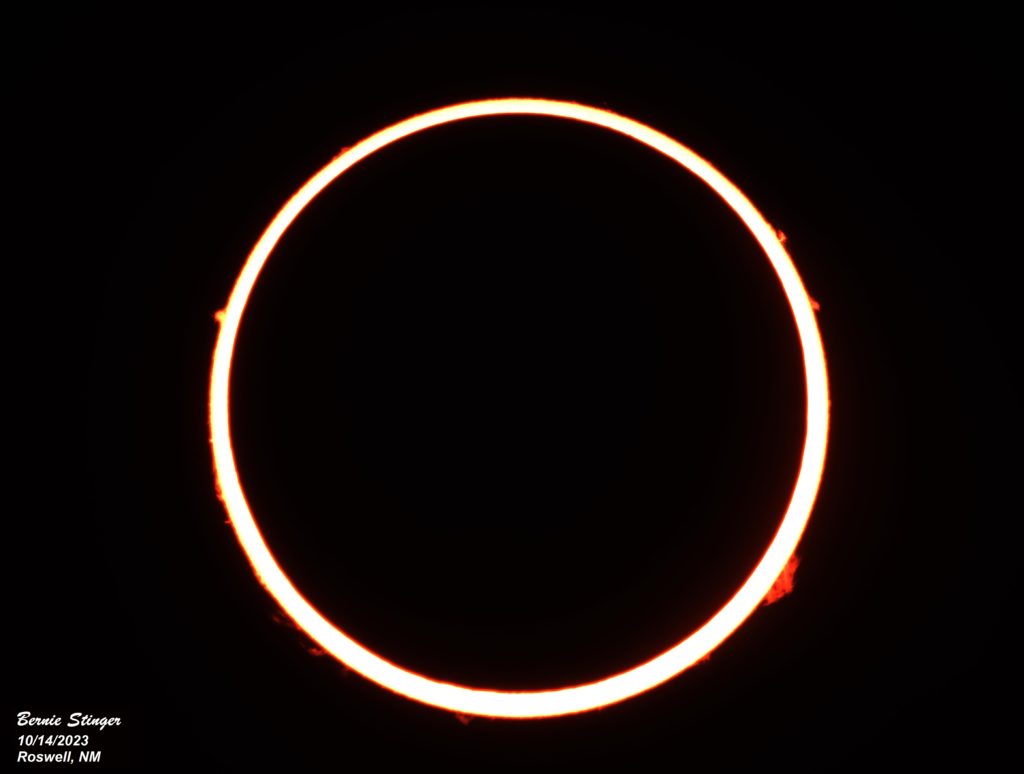


Pictures of the Eclipse from Bernie Stinger using a Lunt 60mm Ha Solar Scope.
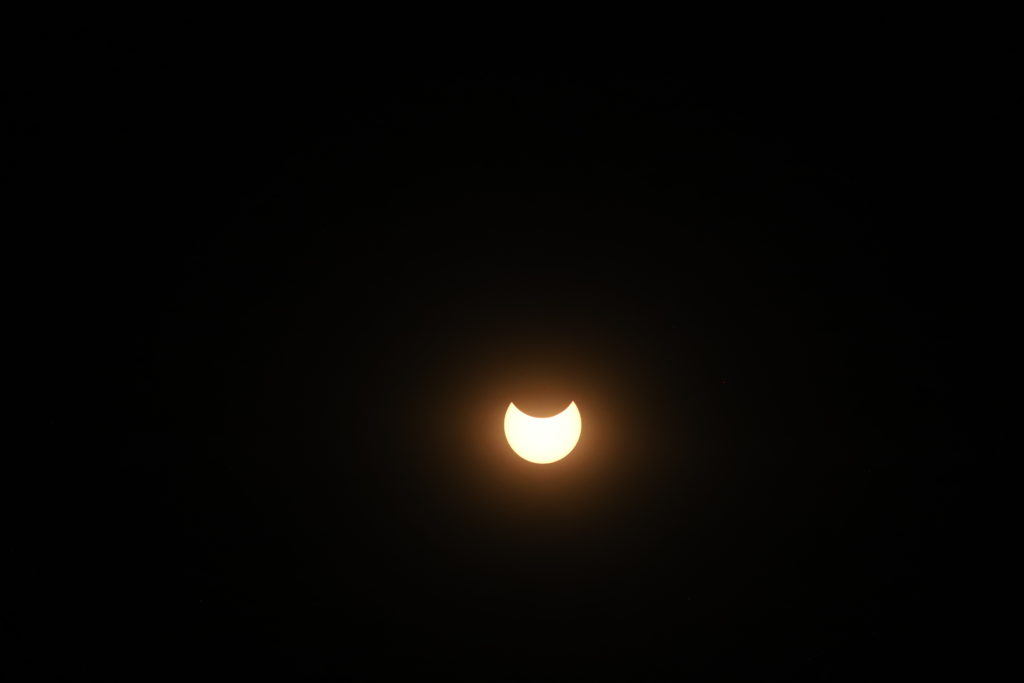
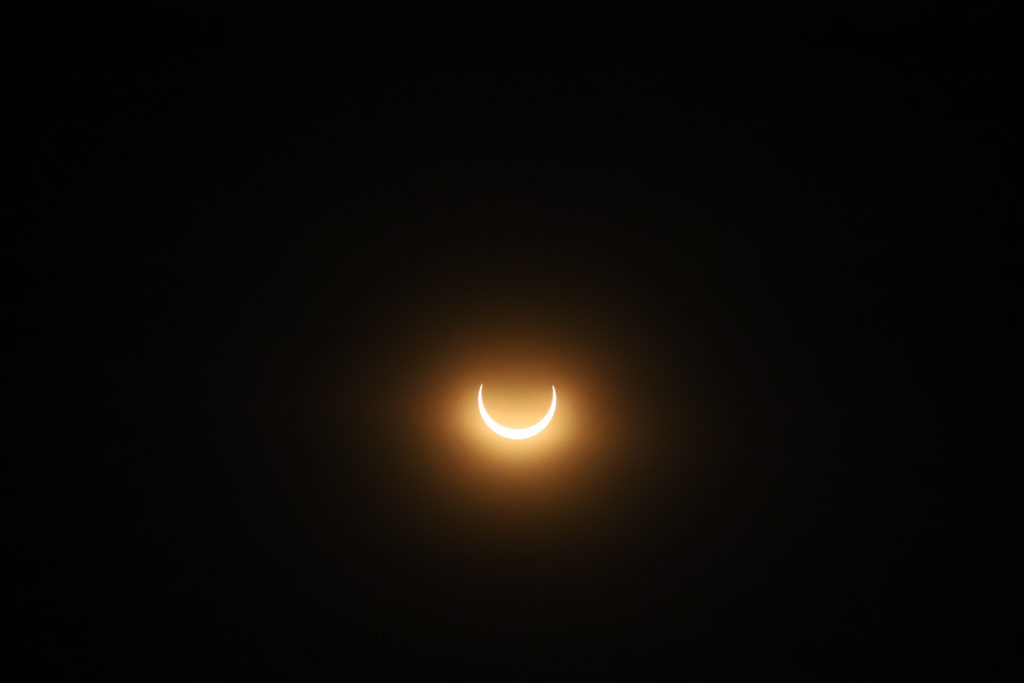
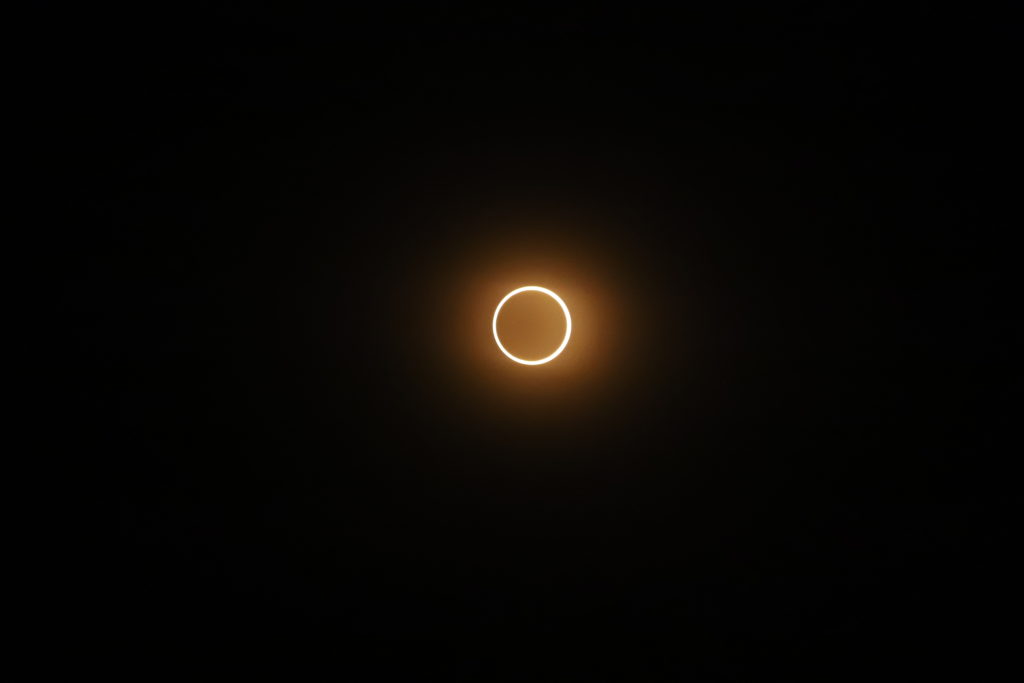
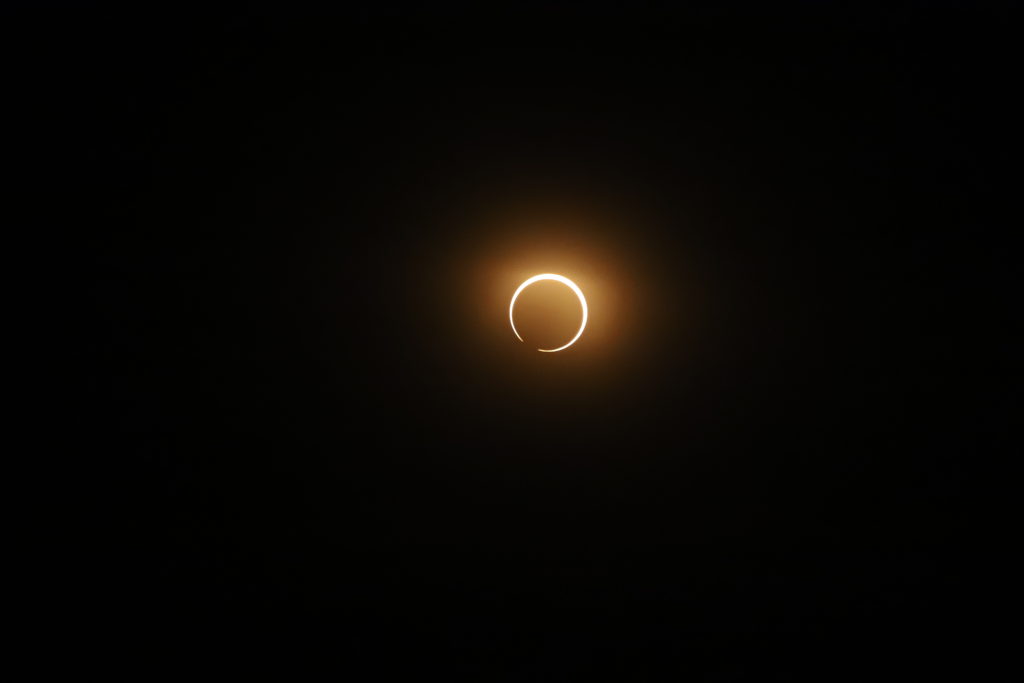
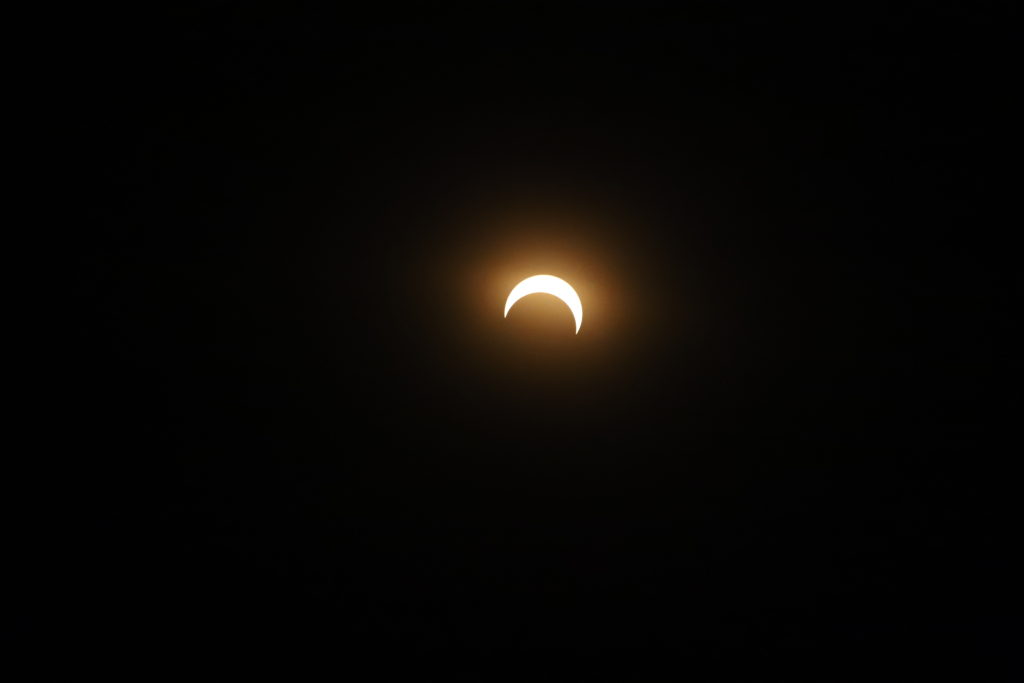
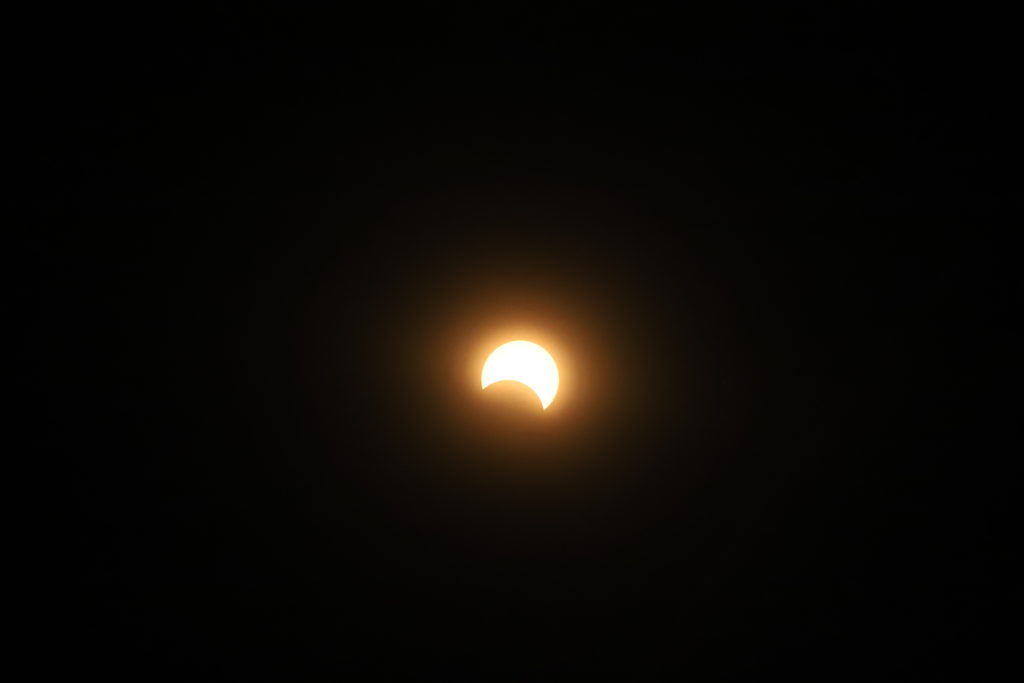
Images of the Eclipse from Tom Sarko using a DSLR Camera with Solar Filter.
Several TAAA Members also supported the Flandrau Science Center on the University of Arizona in Tucson for a large outreach event showing the partial phase of the Annular Eclipse.



